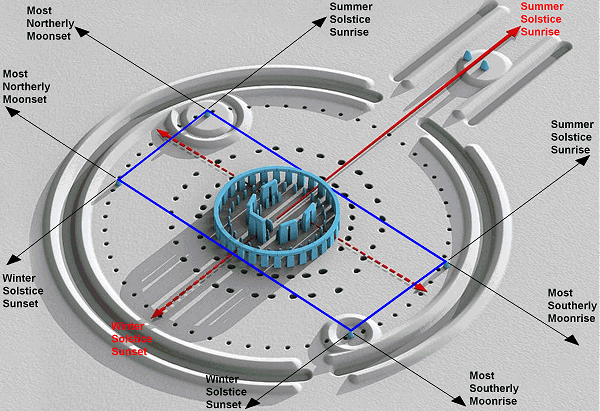Stonehenge: A True Megalithic Calendar
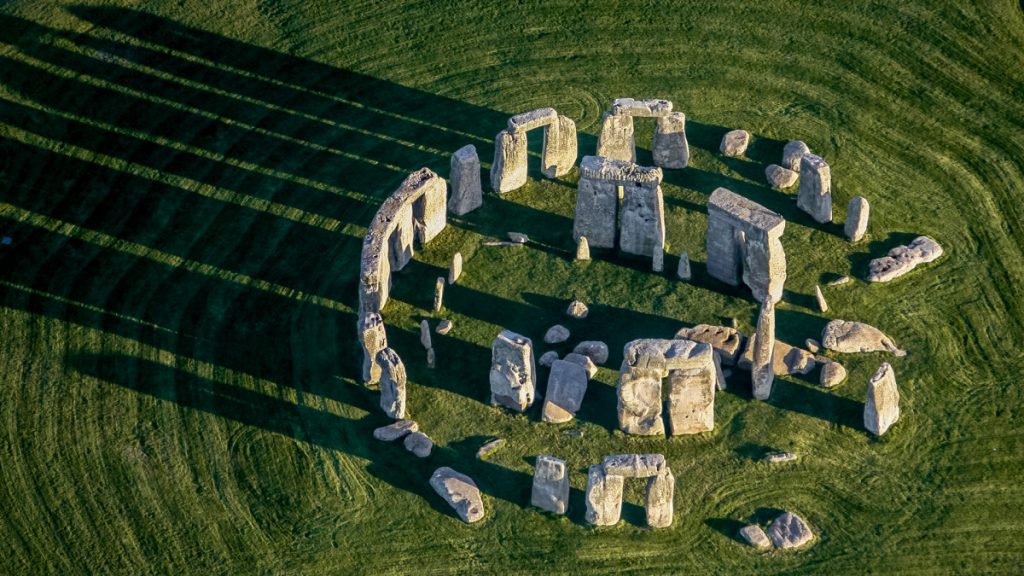
Located in Wiltshire, England, Stonehenge is perhaps the most famous megalithic, enigmatic structure on the planet, and a UNESCO World Heritage Site that attracts thousands of visitors every year.
By analyzing the alignments of the stones, researchers have concluded that Stonehenge might’ve been used in ancient times as a megalithic calendar that tracked the major astronomical events such as Solstices and Equinoxes.
The ring of standing stones that constitutes the monument is placed within artificially modified mounds and changes in land levels.
The standing stones are around 13 feet (4.0 m) high, seven feet (2.1 m) wide, and weigh around 25 tons.
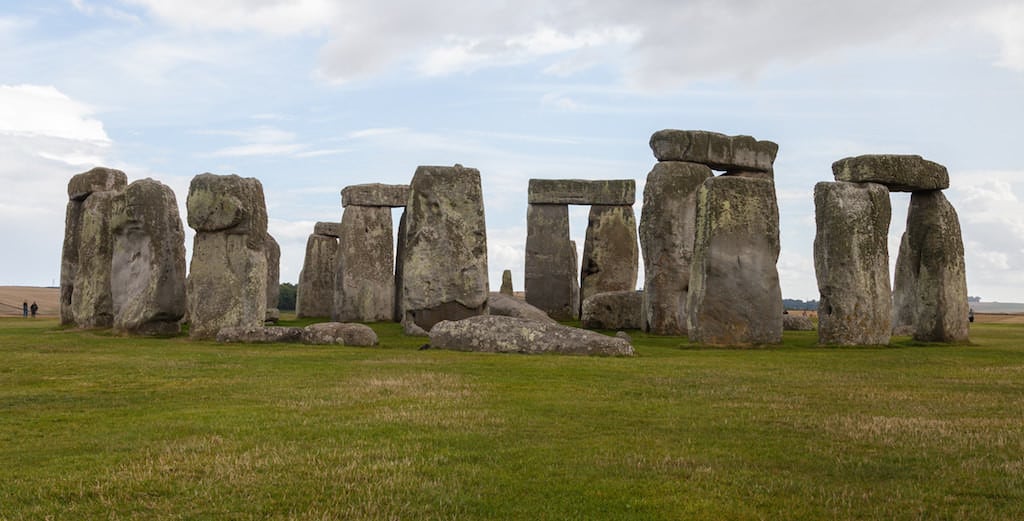
Although there is a lack of accurate, scientifically verified dating due to poor quality early excavation records and other natural disturbances such as periglacial effects, let alone the fact that stone can’t actually be dated with certainty, archaeologists believe it was erected from 3000 BCE to 2000 BCE, with artificial earthworks surrounding the area dating at around 3100 BCE or possibly earlier.
There is also an ongoing debate on the function of Stonehenge, whether it served as a burial ground from its very beginnings or was originally a solar megalithic calendar that was later turned into a burial place by later civilizations.
There is in fact evidence of astronomical alignments at the site that stretch back as far as 8000 BCE, with three pine posts found in 2013 that were in an east-west alignment and likely used for ritual purposes.
Overall, archaeologists agree that Stonehenge underwent three main different phases of construction.
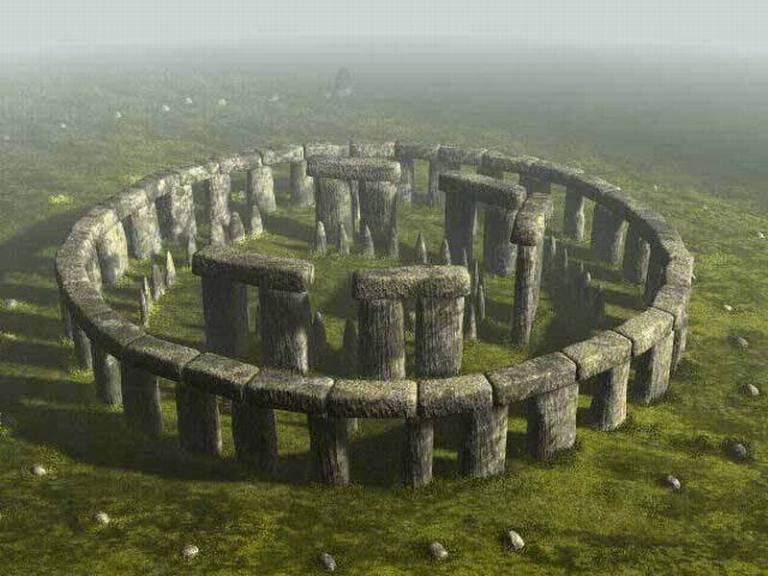
One of the most puzzling things about the site is the fact that in 2019 publication announced the evidence that Stonehenge’s bluestone was quarried in Wales and transported with human interaction rather than being transported by glacial action.
Precisely, the bluestones were most likely transported from the Preseli Hills, an area 150 miles (240km) away from Stonehenge.
The enormous sarsen stones, in turn, may have come from a quarry 25 miles (40km) north of the site, on the Marlborough Downs.
Each of these enormous stones was placed without mortar with tenon joints and amazingly crafted with the final visual result already in mind, slightly curving the lintel stones to highlight the circular effect that was given to the earlier appearance of the monument.
Within this circle stood five trilithons of dressed sarsen stone arranged in a horseshoe shape 45 feet (13.7 m) across, with its open end facing northeast.
These huge stones, ten uprights, and five lintels weigh up to 50 tons each.
They were linked using complex jointing and were arranged symmetrically.
The smallest pair of trilithons were around 20 feet (6 m) tall, the next pair a little higher, and the largest, single trilithon in the southwest corner would have been 24 feet (7.3 m) tall.
Only one upright from the Great Trilithon still stands, of which 22 feet (6.7 m) is visible and a further 7.9 feet (2.4 m) is below ground.
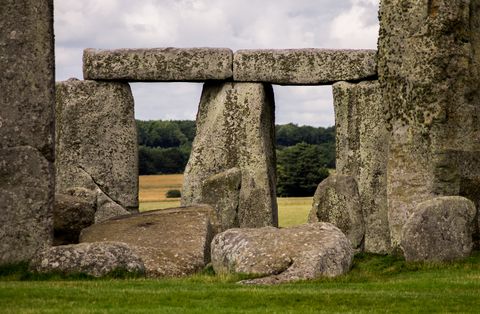
There are many myths and legends surrounding the stones, as they were erected by a culture that left no written records (a recurring element for megalithic buildings all over the world).
There is little or no direct evidence revealing the construction techniques used by the Stonehenge builders.
Over the years, various authors have suggested that supernatural or anachronistic methods were used, usually asserting that the stones were impossible to move otherwise due to their massive size.
How the stones could be transported by prehistoric people without the aid of the wheel or a pulley system is still a matter of debate among archaeologists.
An Astronomical Calendar
The site, and specifically the great trilithon, the encompassing horseshoe arrangement of the five central trilithons, the heel stone, and the embanked avenue, are aligned to the sunset of the winter solstice and the opposing sunrise of the summer solstice.
Further astronomical associations, and the precise astronomical significance of the site for its people, are a matter of speculation and debate.
